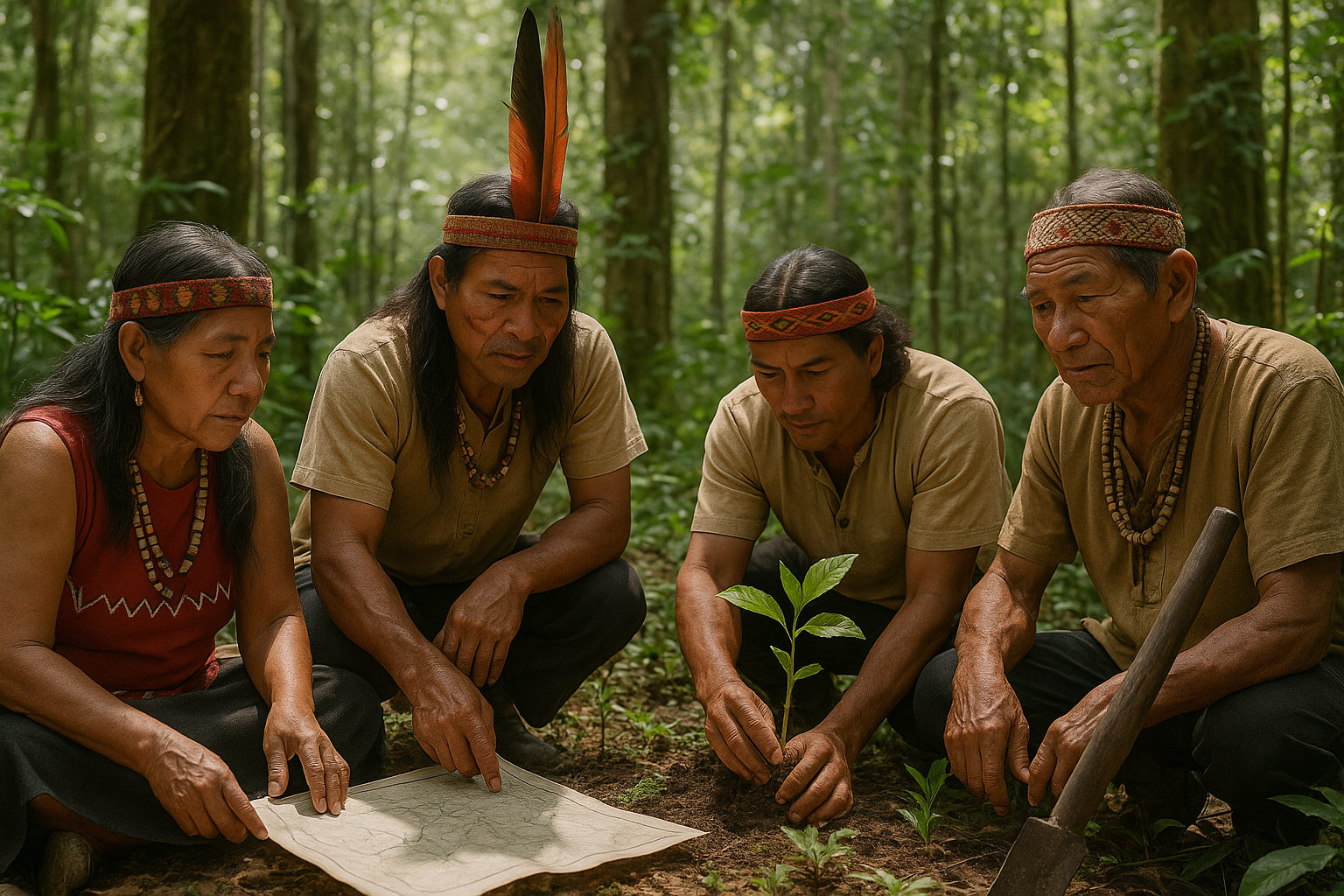In the fast-paced and often demanding world of work, maintaining high morale and a strong sense of team spirit can be as challenging as it is crucial. Employees are the backbone of any successful organization, and their well-being directly impacts productivity, creativity, and overall success. Yet, despite its importance, the art of boosting morale and fostering a cohesive team environment is often overlooked. Enter the concept of recognition games among peers—a vibrant, engaging, and effective strategy to celebrate success and uplift spirits within a team. These games are not just about handing out gold stars; they’re about creating a culture of appreciation, mutual respect, and, most importantly, fun. 🌟
Recognition games are designed to break the monotony of the typical workday and inject a dose of excitement and camaraderie. They are activities that promote appreciation and acknowledgment, offering a platform where employees can celebrate each other’s achievements in a playful yet meaningful manner. Imagine an environment where applause and cheers are a regular soundtrack, where every small win is celebrated, and where everyone feels seen and valued. This is the transformative power of recognition games. They shift the focus from individual competition to collective celebration, fostering a sense of belonging and unity.
The essence of these games lies in their ability to tap into the intrinsic human need for acknowledgment and connection. In a world where deadlines loom large and targets are ever-present, taking a moment to appreciate a colleague can make all the difference. Recognition games provide that opportunity, creating a ripple effect that enhances communication, strengthens relationships, and cultivates a positive workplace culture. Through these activities, teams can dismantle barriers, encourage openness, and promote a supportive environment where everyone feels empowered to contribute their best.
As we delve deeper into this topic, we will explore various types of recognition games that can be easily integrated into the workplace. From simple shout-out sessions to more structured peer-nomination systems, each game offers unique benefits tailored to different team dynamics. We will discuss how these activities can be customized to align with company values and goals, ensuring that they resonate with every team member. Additionally, we’ll look at real-life examples of organizations that have successfully implemented recognition games, highlighting the tangible benefits they’ve experienced in terms of employee satisfaction and performance. 🎉
Understanding the Importance of Team Recognition Games
In today’s fast-paced corporate world, fostering a strong sense of morale and team spirit is more essential than ever. Recognition games among peers offer a dynamic and engaging method to celebrate achievements, build camaraderie, and enhance motivation. By utilizing fun and interactive activities, organizations can cultivate an environment where employees feel valued and appreciated, ultimately leading to increased productivity and job satisfaction.
Employee recognition games are not merely a trend but a vital aspect of workplace culture. When team members acknowledge each other’s contributions, it creates a positive atmosphere that encourages further collaboration and innovation. Moreover, these games can serve as a platform for employees to showcase their skills and creativity in a relaxed and enjoyable setting.
For companies looking to implement recognition games, the benefits extend beyond boosting morale. These activities also promote communication, teamwork, and problem-solving skills, all of which are crucial for organizational success. By recognizing and rewarding employee efforts, businesses can reduce turnover rates and attract top talent, further strengthening their competitive edge in the market.
The Impact of Recognition Games on Team Dynamics
Recognition games play a pivotal role in enhancing team dynamics by fostering an inclusive and supportive work environment. When employees feel appreciated, they are more likely to engage with their colleagues, share ideas, and contribute to the team’s overall success. This sense of belonging and mutual respect can lead to improved communication and collaboration, which are essential components of effective teamwork.
Additionally, recognition games provide an opportunity for team members to connect on a personal level, breaking down barriers and encouraging open dialogue. As employees participate in these activities, they learn to understand each other’s strengths, weaknesses, and working styles, which can lead to more efficient and harmonious collaborations.
For example, a simple “Thank You” note or a shout-out during a team meeting can significantly impact team morale. However, incorporating structured recognition games can amplify these effects by creating a more consistent and formalized approach to appreciation. By regularly acknowledging individual and collective achievements, teams can build a culture of recognition that fuels motivation and productivity.
Designing Effective Recognition Games
Creating impactful recognition games requires thoughtful planning and consideration of the team’s unique dynamics. To design games that resonate with employees, it is crucial to understand their preferences, interests, and motivations. By tailoring activities to align with the team’s values and goals, organizations can ensure maximum engagement and participation.
Here are some key elements to consider when designing recognition games:
- Inclusivity: Ensure that all team members can participate and contribute, regardless of their role or level of experience.
- Variety: Offer a diverse range of activities to cater to different personalities and preferences.
- Feedback: Encourage participants to provide feedback on the games to continuously improve and adapt the activities.
One effective approach is to incorporate gamification elements into the recognition process. This can include point systems, leaderboards, and badges that incentivize participation and reward achievements. By adding a competitive element, employees are more likely to engage with the activities and strive for excellence.
Another strategy is to align recognition games with organizational objectives and values. By connecting the games to the company’s mission and vision, employees can see the direct impact of their contributions on the business’s success, further motivating them to perform at their best.
Examples of Recognition Games and Activities
There are numerous recognition games and activities that organizations can implement to boost morale and team spirit. Some popular options include:
- Peer-to-Peer Recognition: Encourage employees to recognize each other’s achievements through a dedicated platform or during team meetings.
- Award Ceremonies: Host regular award ceremonies to celebrate individual and team accomplishments, complete with certificates or trophies.
- Team Challenges: Organize friendly competitions or challenges that promote teamwork and creativity.
For a more interactive experience, consider incorporating technology into the recognition process. Digital platforms and apps can facilitate real-time recognition, allowing employees to share praise and kudos with just a few clicks. Additionally, virtual recognition games can be particularly beneficial for remote teams, as they provide a way to connect and celebrate achievements despite physical distance.
To see these concepts in action, watch the video below that explores innovative recognition games and their impact on team dynamics:
Innovative Team Recognition Games – Team Building Channel
Measuring the Effectiveness of Recognition Games
To ensure that recognition games are delivering the desired outcomes, it is essential to measure their effectiveness. This involves collecting data and feedback from participants to assess the impact of the activities on morale, productivity, and team dynamics. By regularly evaluating the effectiveness of recognition games, organizations can make informed decisions and continuously improve their approach to employee appreciation.
One way to measure the success of recognition games is through employee surveys and feedback forms. These tools provide valuable insights into participants’ experiences, preferences, and suggestions for improvement. Additionally, monitoring key performance indicators (KPIs) such as employee engagement, turnover rates, and productivity levels can help gauge the overall impact of recognition activities on the organization.
Organizations can also conduct regular check-ins and focus groups to gather qualitative data on the effectiveness of recognition games. These discussions provide an opportunity for employees to share their thoughts and experiences, offering a more in-depth understanding of the activities’ impact on team dynamics and morale.
Challenges and Considerations
While recognition games offer numerous benefits, organizations may face challenges in implementing and sustaining these activities. Common obstacles include budget constraints, time limitations, and varying levels of participation among team members. To overcome these challenges, it is important to prioritize recognition activities and allocate resources accordingly.
Additionally, organizations should ensure that recognition games align with their overall strategy and objectives. By integrating these activities into the company’s culture and values, businesses can create a sustainable and meaningful recognition program that consistently enhances team morale and performance.
To see these concepts in action, watch the video below that explores innovative recognition games and their impact on team dynamics:
| Metric | Description | Strategies for Improvement |
|---|---|---|
| Employee Engagement | Level of enthusiasm and involvement among employees. | Increase frequency of recognition activities and solicit feedback for improvement. |
| Productivity Levels | Efficiency and effectiveness of employees in completing tasks. | Align recognition games with productivity goals and reward high performers. |
| Turnover Rates | Rate at which employees leave the organization. | Enhance recognition initiatives to foster loyalty and reduce attrition. |
In summary, recognition games among peers are a powerful tool for boosting morale and team spirit. By designing and implementing effective activities, organizations can foster a culture of appreciation and collaboration, leading to increased productivity and job satisfaction. As you consider incorporating recognition games into your workplace, remember to prioritize inclusivity, variety, and alignment with organizational goals to maximize their impact.

Conclusion
Drawing from the insightful exploration of the theme “Boost Morale and Team Spirit with Recognition Games Among Peers,” it’s evident that fostering a positive and inclusive workplace environment hinges significantly on the simple yet profound act of recognition. Throughout this article, we’ve journeyed through the multifaceted benefits of integrating recognition games into corporate culture. These games not only serve as a conduit for celebrating individual and collective achievements but also play a pivotal role in enhancing morale and fortifying team spirit.
Recognition games, as highlighted, are more than mere activities; they are strategic tools that harness the power of acknowledgment to motivate and engage employees. The approach underscores a shift from traditional recognition methods towards more interactive and participatory formats, fostering a culture of appreciation that resonates across all levels of an organization. By acknowledging efforts and successes in a playful yet meaningful manner, companies can cultivate a sense of belonging and loyalty among employees, which is crucial in today’s dynamic work environment.
Key points of discussion included the psychological underpinnings of recognition and its impact on employee well-being. Studies indicate that recognition boosts dopamine levels, enhancing mood and cognitive function, which in turn drives productivity and creativity. Furthermore, the social aspect of these games facilitates better communication and understanding among peers, breaking down silos and encouraging collaboration.
We also delved into various examples of recognition games that have proven effective across diverse organizational contexts. From “Kudos Cards” to “Shout-Out Sessions” and “Peer Awards,” these games offer versatile frameworks adaptable to any team structure or size. The creativity involved in these activities allows for personalization, making the recognition experience memorable and impactful.
A significant portion of the article focused on implementation strategies, emphasizing the importance of leadership buy-in and continuous feedback loops to refine the approach. Leaders play a critical role in modeling behaviors and setting the tone for a recognition-rich culture. By actively participating in and endorsing these games, they demonstrate their commitment to valuing employees, thus reinforcing trust and morale.
Moreover, the article highlighted the long-term benefits of maintaining a culture of recognition, including reduced employee turnover, increased job satisfaction, and improved team dynamics. Organizations that prioritize recognition as a core value often witness enhanced organizational performance and a robust employer brand, attracting top talent and retaining valuable employees.
In conclusion, recognition games among peers represent a dynamic and effective approach to celebrating success within organizations. They offer a fun, engaging, and meaningful way to acknowledge contributions and achievements, fostering a sense of unity and motivation. As we navigate the complexities of modern workplaces, integrating such innovative practices can significantly enhance the employee experience, driving both individual and organizational success.
We encourage you, as a reader, to consider how recognition games could be implemented in your own organization. Reflect on the specific needs and dynamics of your team and explore creative ways to celebrate success collectively. Your feedback, experiences, and insights are invaluable, and we invite you to share them in the comments section below. By doing so, you contribute to a broader conversation on building positive workplace cultures.
Feel free to share this article with colleagues and friends who might benefit from these insights, and don’t hesitate to experiment with recognition games in your own setting. Together, we can transform workplaces into vibrant communities where every success is celebrated, and every voice is heard. 🚀
For further reading and resources on implementing recognition programs, you may find the following links helpful:
– Society for Human Resource Management
–
Thank you for joining us on this journey of discovery and innovation. Let’s make recognition a cornerstone of our workplace culture and watch as our teams thrive! 🌟
Toni Santos is a visual storyteller and artisan whose creations celebrate the poetry of the natural world. Through his thoughtful artistic lens, Toni captures the elegance of botanical forms, transforming them into meaningful expressions of symbolism, resilience, and timeless beauty.
His journey is deeply rooted in a passion for flora and the mysteries they carry. From the shape of a petal to the curve of a vine, each design Toni brings to life reflects a deeper narrative — one of growth, transformation, and harmony with nature. Whether crafting symbolic floral jewelry, enchanted botanical illustrations, or seasonal visual studies, Toni’s work evokes the quiet magic found in Earth’s most delicate details.
With a background in handcrafted artistry and visual design, Toni blends technique with intention. His creations do more than decorate — they speak, often inspired by ancient meanings behind flowers, the cycles of the seasons, and the invisible bonds between nature and spirit.
As the creative voice behind Vizovex, Toni shares this botanical journey with the world, offering curated stories, handcrafted collections, and thoughtful articles that help others reconnect with nature’s symbolism and artistic essence.
His work is a tribute to:
The quiet power of flowers and their messages
The art of visual symbolism in everyday life
The beauty of slowing down to see what’s hidden in plain sight
Whether you’re an artist, a nature lover, or someone drawn to the deeper meanings behind the natural world, Toni welcomes you to explore a space where aesthetics meet soul — one petal, one story, one creation at a time.





